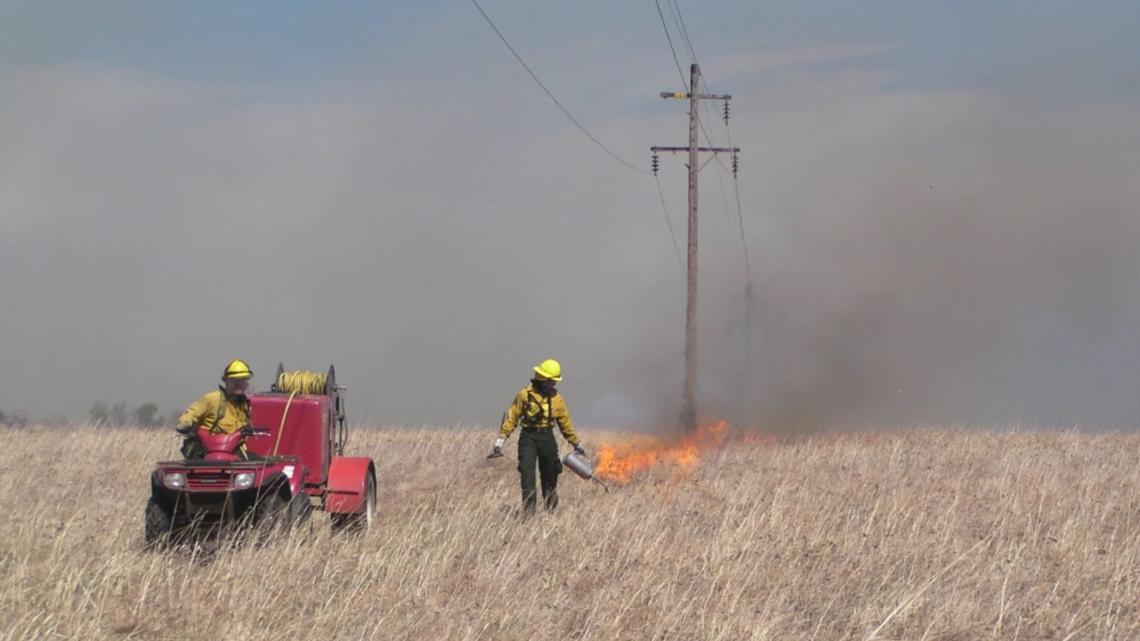
These practices have been recorded nationwide as the philosophy of fire as medicine, according to the National Park Service.
European colonists’ response to the tradition of cultural burning was the implementation of a century-long fire suppression regime. Missouri’s disappearing prairies in part have the resultant lack of fire to blame. Unregulated tree growth, known as woody plant encroachment into tallgrass prairie environments, has progressed throughout the Midwest as areas of saplings develop without needed periodic fire.
Missouri’s Ozark region, for instance, has existed in the “not enough fire” category for much of recent history, causing a drop in biodiversity and the domination of the landscape by oak, hickory, and cedar trees, according to the University of Washington and others.
“Almost all of Missouri’s natural plant communities have adapted with fire,” said Wes Buchheit, councilmember and prescribed fire coordinator biologist with Pheasants Forever & Quail Forever. “Fire is a natural tool and prescribed fire is mimicking that natural process in a more controlled setting … you can benefit a lot of different species, plant and animal, with prescribed fire.”
About 93 percent of Missouri’s 44.6 million acres is privately owned, according to the Missouri Department of Conservation. The lack of public land means any substantive prescribed burning must come through community collaboration. In response to multiple recent historic wildfire seasons, a movement of Prescribed Burn Associations (PBAs) has grown nationwide. Many RxFire efforts are led by federal agencies, but these PBAs are instead a collaboration among landowners. The Missouri Prescribed Fire Council is part of that growing movement, and because wildfires haven’t been a prevalent issue for Missourians, private landowners in the state haven’t been as hesitant to participate in prescribed burning as other wildfire-prone states.
Prescribed fires have burned tens of thousands of acres in 95 of Missouri’s 114 counties between 2020 and 2022, council data showed. Of those, just over 1 percent have escaped control, and most burned just 0.1 acres or less, which is on par with national averages. “The only time that folks ever heard about prescribed fire is when there’s an ‘oops,'” says Council Chair Mark Howell. “They don’t hear about the other almost 99 percent of the time that things go perfectly well.”

